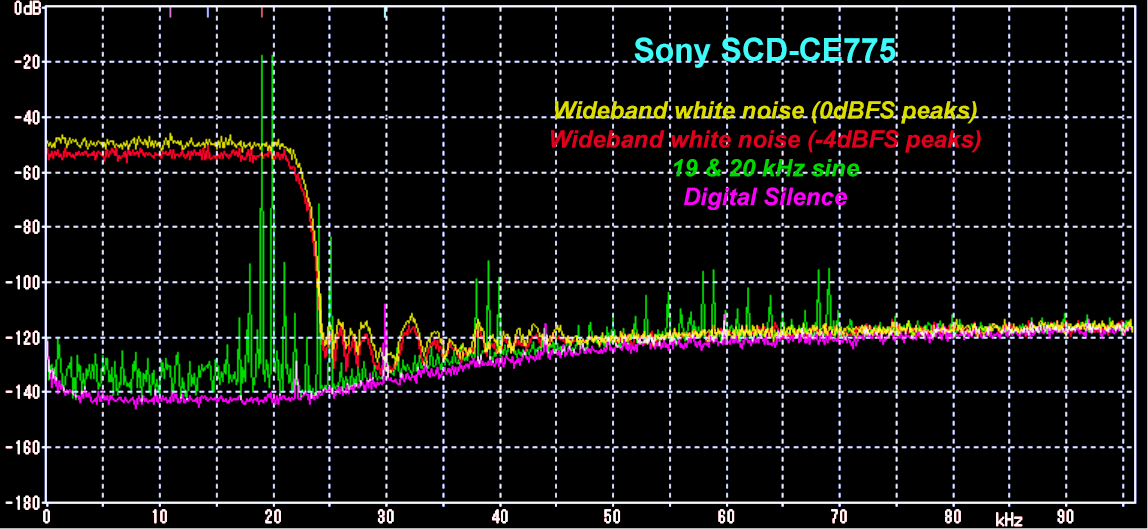One thing I don't understand is why everyone mentions Benchmark's illustrations when talking about ISP. I mentioned it in 2006 here for example:
https://forums.dearhoney.idv.tw/viewtopic.php?t=52943&start=18
Yes, I mentioned the "0dBFS+ Levels in Digital Mastering" paper (at 2000) as well
analog volume controls often don't support presets, so it means you need to adjust the volume every time you listen to different music. On the other hand ReplayGain allows these things, plus you can edit the stored gain values if the default loudness algorithm don't fit your taste. Do it once and you can listen at your desired volume level without further intervention.
In hindsight, if people are accustomed to use digital volume management, loudness war would not be able to take root. If it still happens, blame those DAP/smartphones with weak output and require heavy compression and limiting to achieve the desired volume levels without clipping, intersample or not.
I don't know if any of you really Googled the paper or not so here is a screenshot:
So the Sony D50, a Discman, obviously has some headroom at least up to +1.25dBFS many, many years ago.

In fact John Siau himself also recommended others to use the digital volume control:
https://hydrogenaud.io/index.php?topic=98753.msg826323#msg826323





